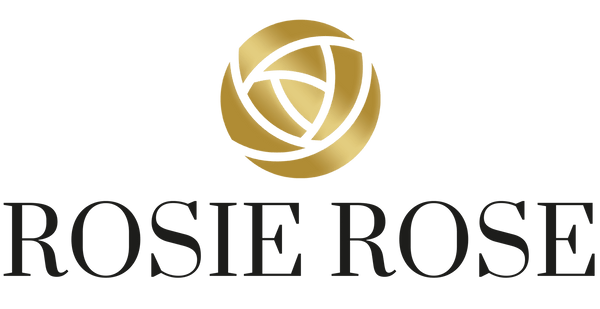An overview of the different types of cornflowers
When you think of summer flowers, the cornflower probably comes to mind. It is one of the most popular plants in Germany and is a real eye-catcher due to its blue flowers. But did you know that there are different types of cornflowers?
In this overview, we present the most important ones and explain what makes them special.
The wild cornflower (Centaurea cyanus)
The wild cornflower, also called field cornflower, is probably the most well-known species. It grows wild in fields, meadows and along the wayside and is also very popular as a garden plant.
Here are the most important facts:
Flowering period: June to August
Flower color: Blue, less often white or pink
Growth height: up to 80 cm
Care: Undemanding, needs lots of sun and well-drained soil
Special feature: The wild cornflower is an important part of many flower meadows.
The double cornflower (Centaurea cyanus f. plena)
As the name suggests, the double cornflower has double flowers. This makes it look even more magnificent than the wild cornflower. It is also very popular as a garden plant.
Here are the most important facts:
Flowering period: June to August
Flower color: blue
Growth height: up to 80 cm
Care: Undemanding, needs lots of sun and well-drained soil
Special feature: The double cornflower is particularly beautiful in cottage gardens.
Corn wheel (Centaurea cyanus var. radiata)
The corn radish is a subspecies of the wild cornflower and has remarkably long ray flowers. It is also known as the radiant cornflower.
Here are the most important facts:
Flowering period: June to August
Flower color: blue
Growth height: up to 100 cm
Care: Undemanding, needs lots of sun and well-drained soil
Special feature: the corn radish is also often used as a cut flower.
Cornflower (Centaurea dealbata)
The ornamental cornflower is a special species because it has very large inflorescences. It is also known as the gold basket.
Here are the most important facts:
Flowering period: June to August
Flower color: pink to violet
Growth height: up to 60 cm
Care: Needs a sunny spot and well-drained soil
Special feature: The cornflower is an important food plant for caterpillars.
The needle cornflower (Centaurea montana)
The needle cornflower is a particularly robust and hardy species. It is also known as the mountain cornflower and prefers to grow in the Alps.
Here are the most important facts:
Flowering period: May to July
Flower color: blue-violet
Growth height: up to 80 cm
Care: Needs a sunny spot and well-drained soil
Special feature: the needle cornflower is an important food source for bees and other insects.
The blue-green cornflower (Centaurea glastifolia)
The blue-green cornflower is a rare species that is particularly striking because of its leaves. These are blue-green and thorny.
Here are the most important facts:
Flowering period: June to August
Flower color: blue-violet
Growth height: up to 100 cm
Care: Needs a sunny spot and well-drained soil
Special feature: The blue-green cornflower is an important medicinal plant and is used in naturopathy.
Turk's cap cornflower (Centaurea haussknechtii)
The Turk's cap cornflower is a particularly rare species that only occurs in a few regions of Europe.
Here are the most important facts:
Flowering period: June to August
Flower color: purple
Growth height: up to 80 cm
Care: Needs a sunny spot and well-drained soil
Special feature: the Turk's cap cornflower is threatened with extinction and is under nature protection.
In this overview we have introduced you to the most important types of cornflowers. From the wild cornflower to the double cornflower to the rare Turk's cap cornflower, there are many interesting varieties. They all have one thing in common: They are easy to care for and an asset to any garden or bouquet. Try one of the different types and be enchanted by their beauty!
